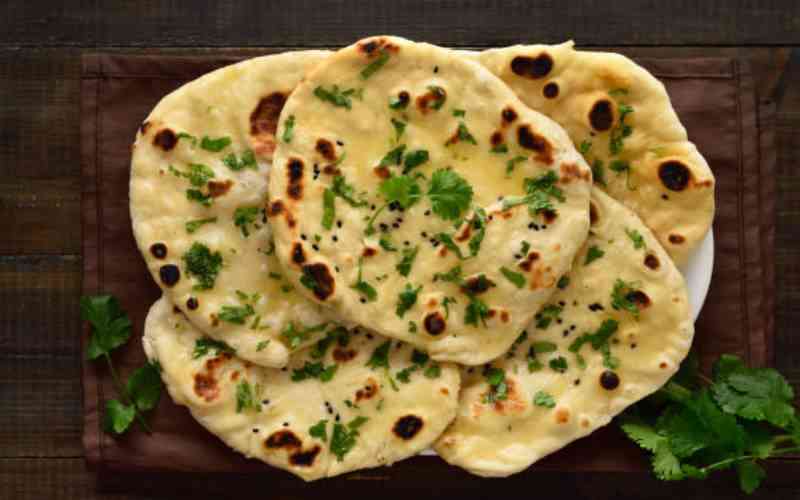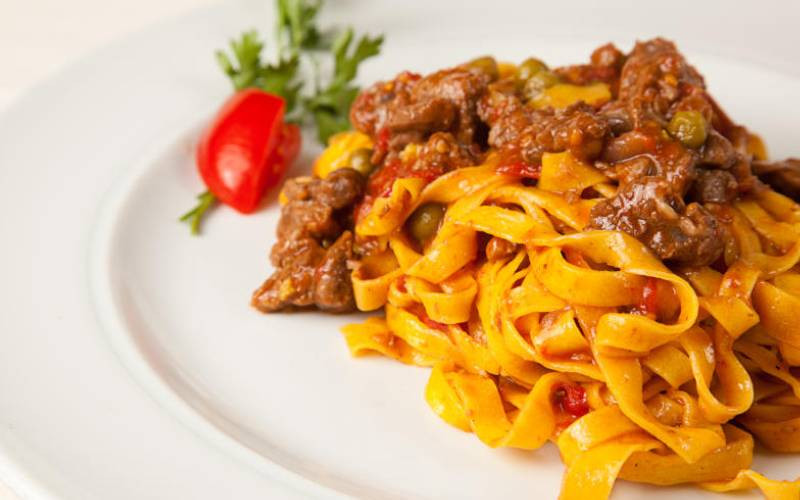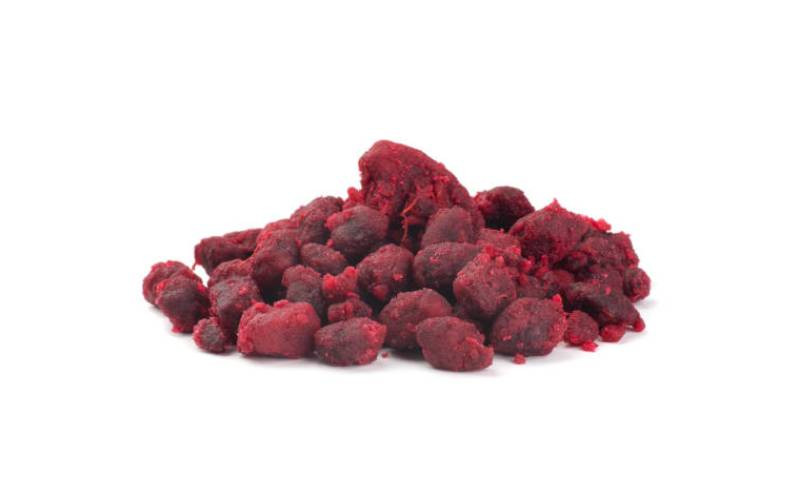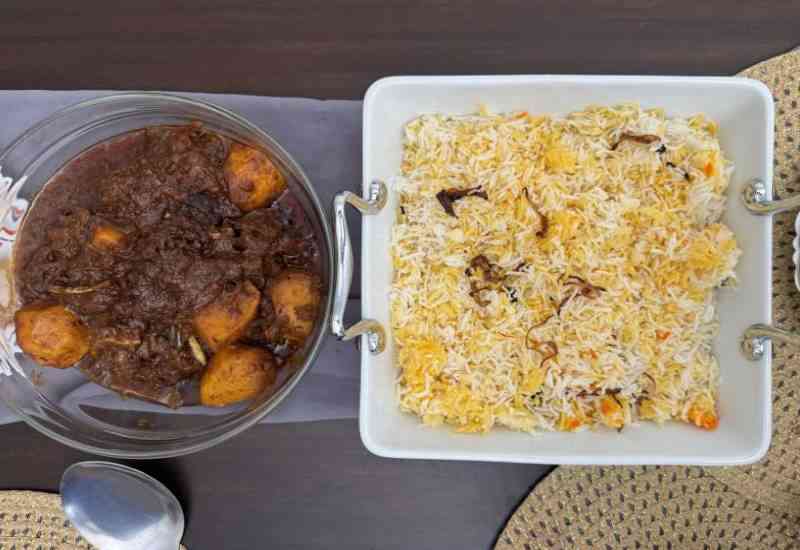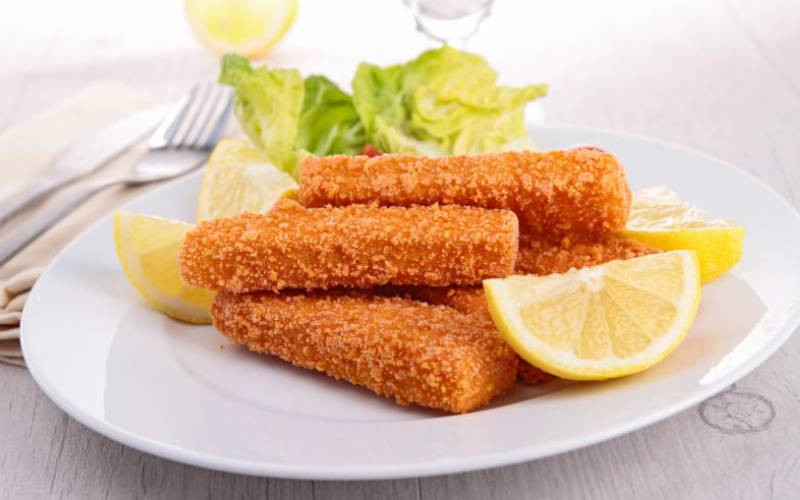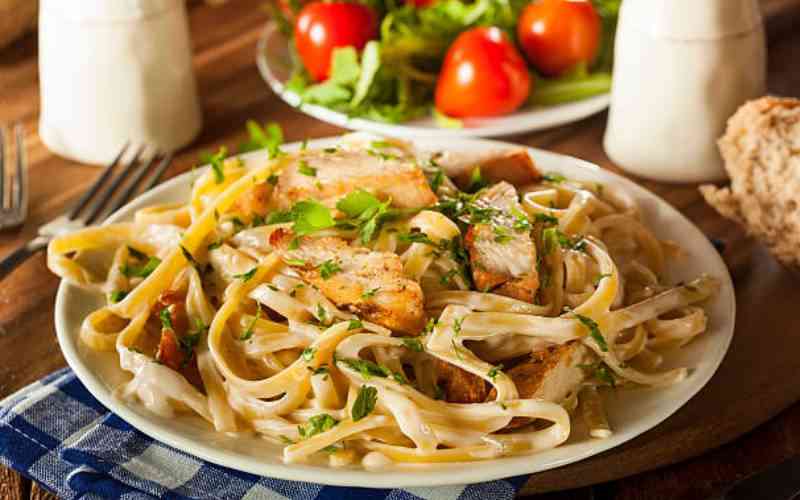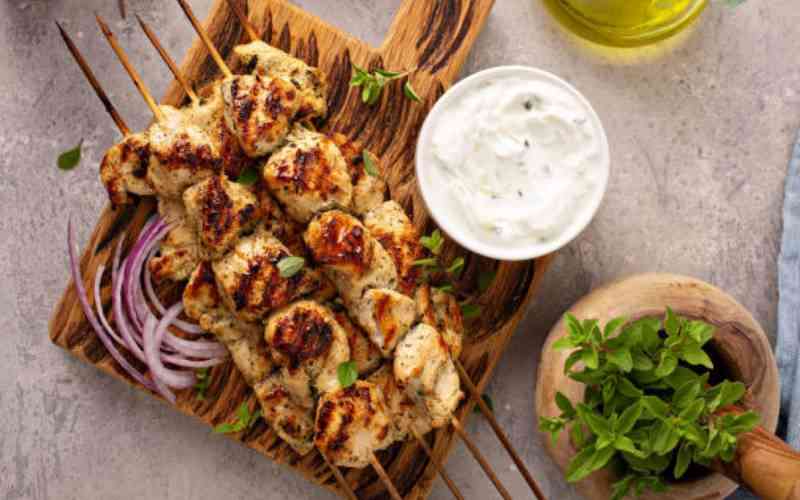
A good rule to follow is to ensure raw and ready-to-eat foods are stored separately from one another. Raw meat and poultry should be stored covered on the bottom shelf of the fridge as this will prevent raw meat juices from spilling on to foods below. This bottom shelf offers the necessary protection as it is often made of solid glass, preventing any spills from seeping down on to other foods.
It should also be the coldest part of the fridge which is highly effective for storing meat in. Ready-to-eat foods such as cheese and cooked meats can be stored on the top shelves. Some of the modern style fridges include a number of different trays and we recommend that you check to see what the manufacturer’s guide advises.
How should we store food in the fridge?
It all depends on the food type or particular product. If you’ve opened something and are unable to seal it back up in its original packaging (for example, cooked ham) you should cover it in cling fi lm or transfer it to an airtight container. Raw meats can be stored in their original packaging on the bottom shelf of the fridge. If they’re not in their original packaging, keep them in a drip-proof bowl or container and cover.
It’s also important to ensure cooked foods, including leftovers, are covered. Store unopened cans in the cupboard as this will give you more room in the fridge. If your fridge isn’t cluttered, cold air will circulate around your fridge more effectively.
 The Standard Group Plc is a multi-media organization with investments in media platforms spanning newspaper print
operations, television, radio broadcasting, digital and online services. The Standard Group is recognized as a
leading multi-media house in Kenya with a key influence in matters of national and international interest.
The Standard Group Plc is a multi-media organization with investments in media platforms spanning newspaper print
operations, television, radio broadcasting, digital and online services. The Standard Group is recognized as a
leading multi-media house in Kenya with a key influence in matters of national and international interest.

